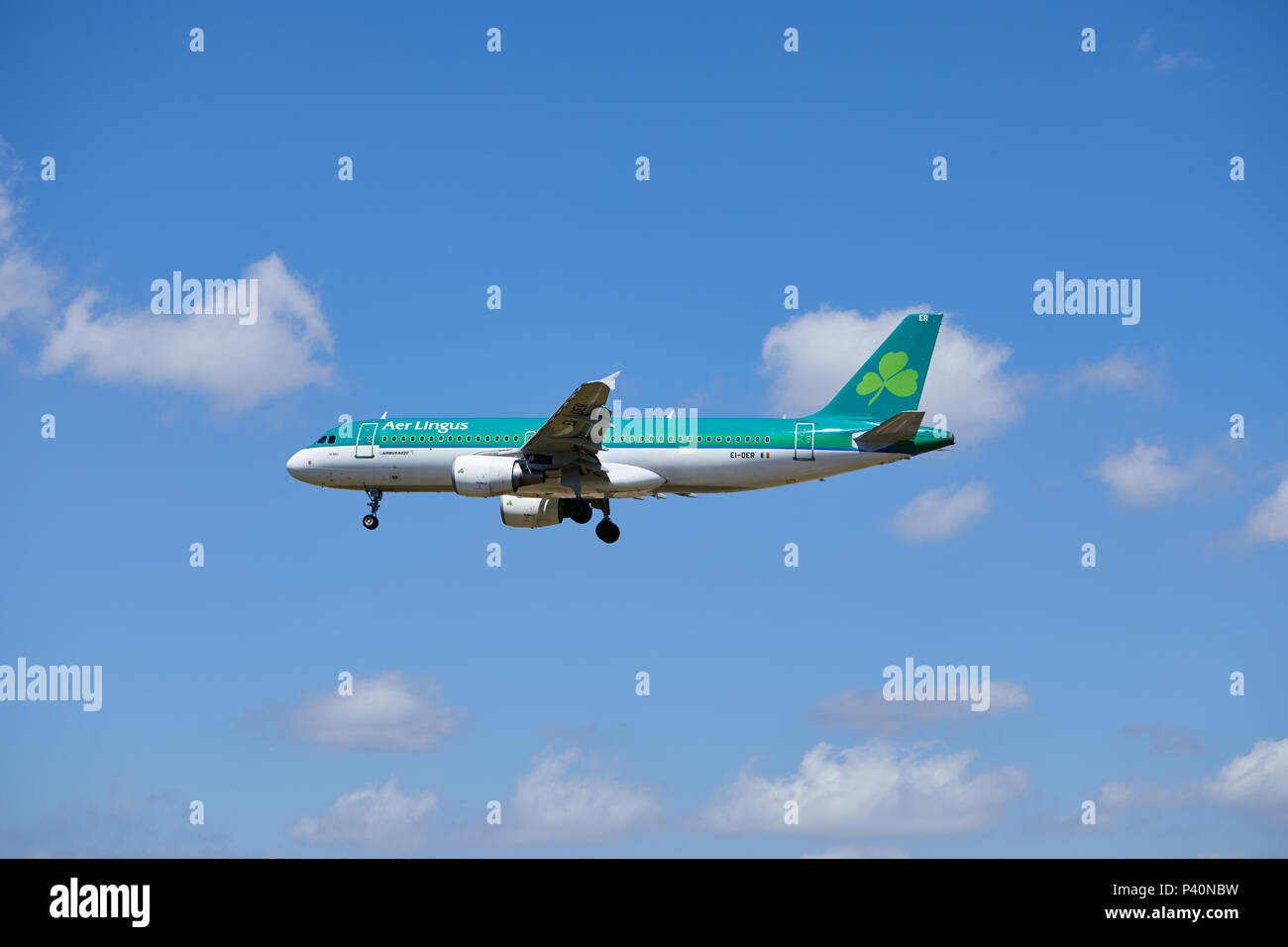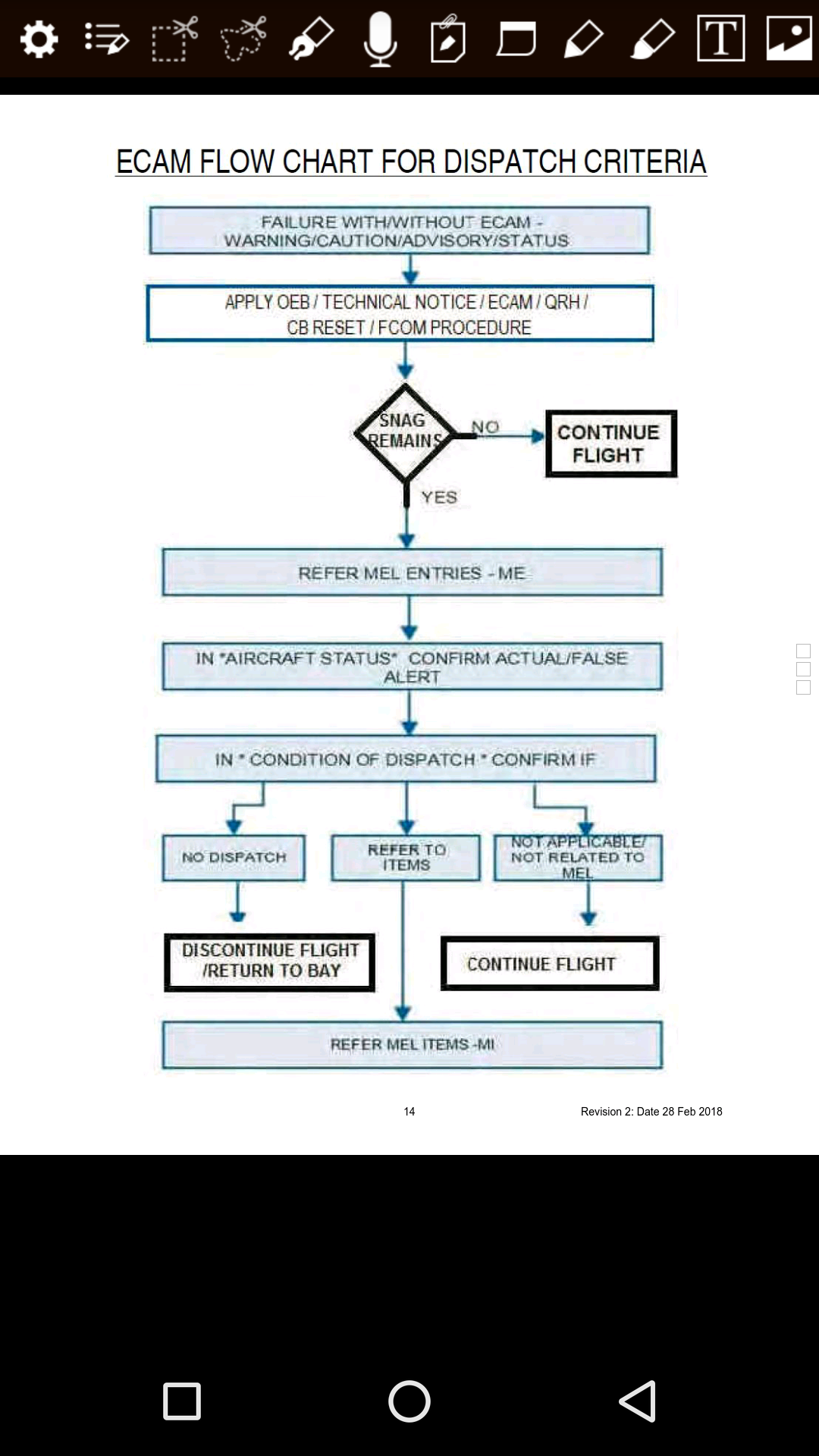Mel Aircraft - Members learn more more OSANNA more - more about how to be a pilot - Click here
The Minimum Equipment List (MEL) is perhaps the most confusingly named item in aviation. I've lost track of how many times during a check ride a private pilot confidently (and incorrectly) told me if there was a MEL list of equipment on board that should work - you know, "minimum equipment"? no air base.
Mel Aircraft

The pilot of an Embryo Phenom 100 with an idle valve can shake after a mechanic has removed the second safety valve, only at flight pressures at or below 10,000 feet above sea level (left). The flight can be performed using non-saturating cockpit sound recorders (right).
Aircraft Photo Of Ok Mel
It is understood that a new private pilot may be a little shadowed in MEL details, which is unlikely to be the case on smaller aircraft carriers. A LOT of review of Part 91 explains why - and why - MEL markings are relevant and important to understand for pilots of power turbine aircraft.
QUANTUM 91.213 (Instruments and Inoperative Instruments) states that, with a few key exceptions, "no person shall take off from an airplane with instruments inoperative or instruments in place." The exception is that most private pilots are only used for light aircraft (under 12,500 pounds maximum takeoff weight) and non-turbine powered aircraft. A particular instrument may be idle if not required: a Fars (eg an altimeter is required for all operations); from the Original Equipment Manufacturer (OEM) via the Flight Instrument List or Operating Instrument Type List (KOEL) (eg Cirrus with two alternators must have Alternator 1 working); or through the Airworthiness Directive.
However, pilots of turbine aircraft cannot use this procedure if the flight can be performed with an inactive instrument. They can fly without equipment on the aircraft unless it is "the last approved minimum plan for that aircraft, [and] the aircraft has a Letter of Authorization (LOA) issued by the FAA authorizing the use of the aircraft under the Minimum Equipment List." This LOA is issued to a specific operator and N is the aircraft number. If my neighbor's hangar has an approved LOA and MEL for their Piper Meridian or Embraer Phenom, that doesn't mean I can make a copy and use it for mine, even if our planes are the same.
If my neighbor's hangar has an approval letter and MEL approved it for his Piper Meridian, that doesn't mean I can make a copy and use it for mine, even if our planes are the same. The process of creating and receiving approval for MEL. This is time-consuming, but fortunately for Part 91 workers, there is a more cost-effective option. The workers create the aircraft turbine, and the owner intervenes to update the minimum equipment list (MMEL) for the aircraft, which is approved directly by the FAA. FAA operators may submit a package consisting of the MMEL and a separate document on how to adapt the general language portion of the MMEL to their operations. Together with the LOA using the MMEL to use the MEL, this package is considered an FAA-approved MEL.
Isle Of Man Approves Aviationmanuals' Minimum Equipment List Preamble
Once cleared to do so, the pilot can now check his MEL and confirm that the given flight can be conducted with an inactive instrument. In some cases, the process is simple - a Phenoma 100 pilot with a cockpit voice recorder (CVR) will consult the MEL (see table, page T-18) to see if the flight can be conducted without a CVR. However, in most cases some operational limitations or maintenance steps must be accepted before the flight can be determined.
These procedures and maintenance are indicated by the presence of "O" or "M" in the Notes and Exceptions column of the MEL list. If the pilot of the phenomenon had an idle valve (a key part of the pressurization system), the flight would be legal only after a mechanic physically removed the second safety valve, and the pilot would be limited to no pressurization flights at or below 10,000 feet above sea level (see table, page t-18 ).
If you are operating a MEL, you are not allowed to fly an aircraft with broken parts. Salaries are required to sustain maintenance in specific MEL categories that vary from a minimum of one year to as little as four months. A portion of the 91 employees are exempt from the FAA; categories based on these "A, B, C, D" calendars do not need to be corrected, but with certain restrictions on observations and exceptions. Even this lenient procedure is not intended to allow further maintenance delays; At the next inspection of the aircraft, all idle instruments must be repaired or removed.

One point of interest begs this question: In the past few months, there has been controversy over the use of a particular MMEL as the MEL for workers traveling to Europe. Inspections of planes visiting France allow them to go to the apron on steroids and undergo an extraordinary "aircraft safety assessment (SAFA)" on steroids, lasting up to two hours. France has stated that it will no longer accept the use of MMEL as MEL because the procedure is allegedly not in line with ICAO guidelines.
Tom Danaher: Not An Average Pilot
As a result, some employers are proactively beginning the process of creating their own MELs, while others are anticipating FAA rejection, which would require thousands of man-hours of new work that every U.S. employee must have. MEL custom approved. As the process of creating and obtaining approval for a custom MEL can be very lengthy, international employers would do well to pay close attention to this issue. Pilots are often surprised to learn that not all of the equipment in the aircraft is functioning in order for the aircraft to be able to fly legally. Some systems are not required for some operations, such as daytime flights.
To add to the confusion, the requirements for what needs to be achieved vary between planes, airlines and even flights. In addition, there are many tables that specify what to do for a given flight, leading to the misuse of the terms Master Minimum Equipment List (MMEL) and Minimum Equipment List (MEL).
If any of these words confuse you, don't worry! This article will explain the differences and clear up any misconceptions about equipment indexes.
An equipment list is a list of things that must be in place for a specific flight performance. For example, the approach lights on a Cessna 172 do not need to work for day flights, but they do need to work for night flights. Instruments are used to determine whether the aircraft can fly safely.
Milburn G. Apt
Protection of an unusable piece of equipment can often be delayed for a certain number of days depending on the importance of the equipment. After the delay has passed, however, the item must be repaired before the aircraft can fly properly.
The Master Minimum Equipment List (MMEL) is a list of the least restrictive equipment compiled by the aircraft manufacturer.
MMEL is developed with input from engineers and data collected during test flights. The purpose of the MMEL is to determine which elements are critical and which may be redundant in some circumstances.

The MMEL considers the impact of multiple failures and the effects of inactivity events on flight safety. In the MMEL program, the operator (e.g. airline) does not accept special conditions, but must be approved by the aviation authority to which the aircraft is designated. For example, at Boeing, the Federal Aviation Administration (FAA) (more specifically, the Aircraft Evaluation Group) must approve the MMEL.
Minimum Equipment List (mel) Customisation
The MMEL is usually published in the aircraft's POH and even smaller airlines that are not normally associated with commercial travel have an MMEL.
The MEL follows the operational procedures of the operator (eg airlines) and must be approved by the National Aviation Authority (NAA). For example, Delta Airlines, this is also the FAA.
The MEL will further restrict the operator with respect to certain operations. For example, if an airline operates flights to airports with short runways, the MMEL may allow in-flight reverse operations to be unnecessary, while the MEL may require reverse operations to be established on each flight. The MEL takes precedence over the MMEL, so the MEL should always be followed.
The MMEL may be used instead of the MEL, but the MMEL must be approved by the national aviation authority. In case the operator uses MMEL as MEL, MMEL is called MEL. This means that the operator will never report their MELs and MMELs.
Nz Civil Aircraft: Vans Rv 7a Zk Mel/3 At Tauranga Today 28 4 2022
Some things in the MEL may only be useful if other things need to be completed. This will be indicated in the MEL.
In many cases, there is much that is useless
Meisner electric, patricia meisner, meisner services, meisner acting, meisner, meisner studio, andrew meisner, meisner books, donald meisner, meisner classes, meisner technique, don meisner
0 Comments